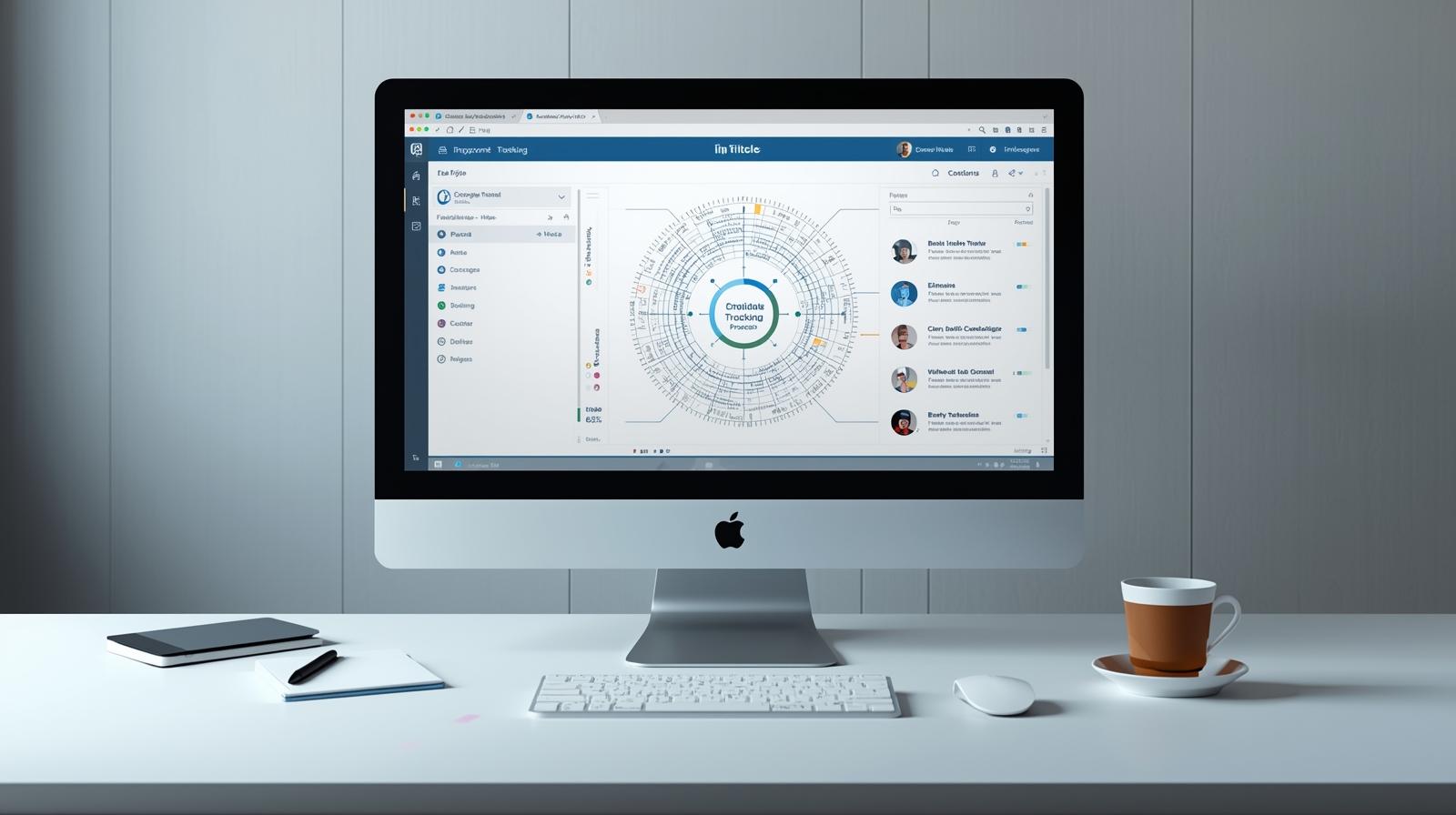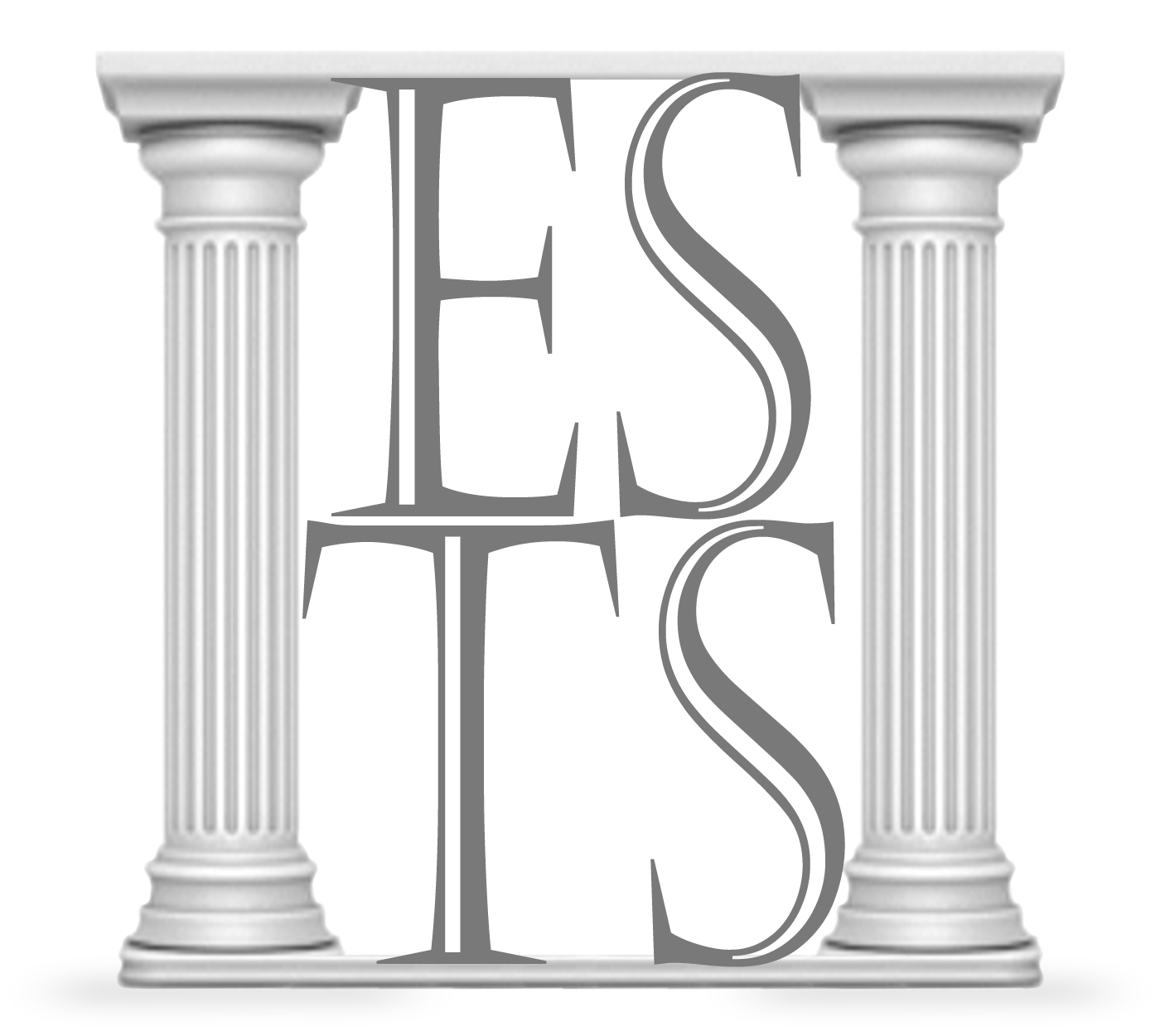One of the favorite parts of my job is helping corporate recruiting leaders select and install applicant tracking systems (ATS). In all my years in corporate recruiting environments, I never thought I was much of an operations person, yet I fell in love with this work because I can see the value when clients choose the right system. It’s always exciting to see how much these systems improve the efficiency of recruiting departments as well.
Choosing the right ATS is one of the most important decisions a recruiting leader will make. The wrong choice can lead to wasted time, poor candidate experience, and a recruiting process that’s more of a hindrance than a help. The right ATS, however, can be a game-changer, boosting efficiency, improving data insights, and making your team’s life a lot easier.
To ensure you’re making a smart investment, it’s crucial to go into vendor discussions prepared. Here are 15 critical questions every recruiting leader should ask before signing on the dotted line.
1️⃣ Functionality & Usability
1. How user-friendly is the system for both recruiters and candidates?
- A clunky system will be ignored by your team. They will resort to manual methods to get things done which is frustrating and inefficient.
- A bad candidate experience will deter top talent. Ask to test the application process during a live demo and experience what the candidate will yourself.
2. What is the core functionality for managing the recruiting pipeline?
- This is a tricky question because it does no good to ask if you don’t have a well-defined recruiting process. What your trying to understand is if the system supports custom workflows, management through every stage of the process, and automated communications. These customizations make it useful for recruiters to stay logged in because it makes their lives easier.
3. How robust are the search and resume parsing capabilities?
- A good ATS can quickly and accurately parse resumes and allow for powerful Boolean searches across your candidate database. Request to see this in a demo to confirm it works as well as the vendor states (I have never had a vendor tell me their parsing technology is not good but I’ve seen plenty of bad ones).
4. Can we create and manage a talent pool or candidate relationship management (CRM) database?
- Sourcing is a long-term game. You need a system that helps you build relationships with passive candidates over time. Clarify with the vendor if this is part of the system or an extra-cost add on.
5. What are the key integrations available?
- Integrations can be the most costly part of implementing a new ATS (See my recent article, “Hidden Costs of Recruiting Technology” ) Consider integrations with your HRIS, background check providers, job boards, and assessment tools, advertising vendors, etc.
2️⃣Part II: Reporting & Analytics
6. What out-of-the-box reports are included?
- Essential reports include time-to-fill, cost-per-hire, source of hire, and pipeline metrics.
7. Can we build custom reports and dashboards?
- Most systems allow for custom reports. What you want to understand is how complicated is it to create and access them. It’s guaranteed your reporting needs will evolve. You’ll need the flexibility to create custom reports to answer specific business questions.
8. How does the system help us track and analyze diversity, equity, and inclusion (DEI) metrics?
- An Applicant Tracking System (ATS) can streamline your hiring process, saving time and resources. But with so many options on the market, choosing the right one can be daunting. Consider this information when making the decision.

3️⃣ Implementation & Support
9. What does the implementation process look like and what is the typical timeline?
- Get a clear roadmap, including data migration, configuration, and training. Also, understand what resources your team need to provide versus those from the vendor.
10. What kind of ongoing customer support is available?
- Is it phone, email, or a dedicated support portal? What are the response times? What are the hours of access to live support staff (if there are any)?
11. Is there a dedicated account manager or a customer success team to assist with long-term strategy?
- You want a partner, not just a vendor. A good partner will schedule regular check-ins and help you maximize the value of their product over time.
12. What training resources do you offer for new and existing users?
- I find clients often forget about this critical aspect of ATS products. Reliable customer support is essential, especially when you encounter issues or have questions. Look for a provider that offers prompt and helpful support. ATS widely differ in the approach to customer support.
4️⃣ Cost & Scalability
13. What is the total cost of ownership, including setup, licensing, and any hidden fees?
- Don’t just look at the monthly fee. Ask about costs for additional users, modules, or integrations. It might be helpful to request current clients to talk with to get a deeper understanding of this.
14. How does the system scale with a growing team and an increase in hiring volume?
- You need a solid understanding that the ATS can handle your future growth without major disruption. You don’t want to go through another implementation two years down the road.
15. What is your product roadmap for the next 12-24 months?
- A good ATS provider is constantly innovating. Understand their vision and ensure it aligns with your long-term recruiting strategy. Find out what features are being developed and if those features are value to your team.
By asking these 15 questions, you’ll not only find a system that fits your current needs, but also one that will grow with your team and truly act as a strategic partner in your talent acquisition efforts. Don’t rush the process and make sure you define your recruiting process prior to vendor selection. You’ll find the best ATS is the one that empowers your team to do their best work in the most efficient way possible.
ES Talent Solutions is proud of the work we do to assist clients in choosing and implementing the right applicant tracking systems. Our client-side project leadership ensure the right features are working and clients leverage vendor resources appropriately. Want to understand how these activities could improve recruitment at your company? Contact Eddie Stewart at estewart@ESTalentSolutions.com today! I always enjoy talking with fellow recruiting leaders about what’s working and what challenges you’re facing.





0 Comments
The Talent Edge Newsletter – Building Unstoppable Talent Pipelines
Volume 3 of the Talent Edge focuses on creating and maintaining pipelines of talent to fill future hiring needs.
Pipeline Maintenance and Metrics that Matter
When creating pipelines of talent to fill future openings, it's crucial to implement strategies to maintain pipeline productivity and to use metrics to track success. This article details both of the critical pieces to pipeline success.
Want to Build Talent Pipelines? Avoid These 5 Mistakes
Recruiting Pipelines fail to produce hires when they are not set up and maintained properly. Avoiding these 5 mistakes will help you get the most out of your sourcing strategies.